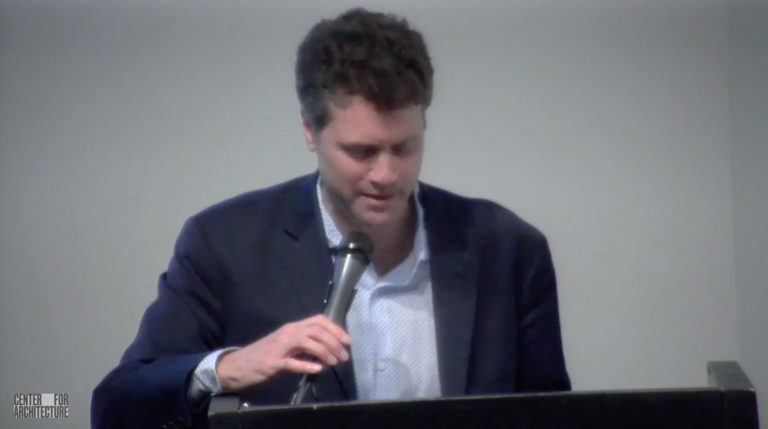On October 3, the new 2016 New York City Energy Conservation Code took effect, causing many designers to modify projects to meet these new standards. While architects and design teams generally aim to provide well-lit and energy efficient spaces, the advent of new codes forces these teams to optimize all aspects of their design by using abundant glazed areas, high ceilings, light-colored finishes, ground-hogging open-office layouts, efficient fixtures, and daylighting controls.
For example, lower allowable fenestration areas, more stringent performance requirements for glazing (i.e., coatings than can reduce the quality of natural light), and daylight control requirements are all making it harder to comply with the prescriptive code. As such, more designers turn to simulation.
Panelists will discuss the use of daylighting in design and how new code changes will impact the ability to achieve these designs. They will review many of these concepts and demonstrate how simulation can comply with the code compliance while achieving the design intent. Case studies will show unique ways to use simulation to inform design decisions.
Organized by: AIANY Building Enclosure Council and AIANY Committee on the Environment.
Davidson Norris, Principal, Carpenter Norris Consulting
Cheryl M. Saldanha, Building Technology Senior Staff II, Simpson Gumpertz & Heger, Inc
